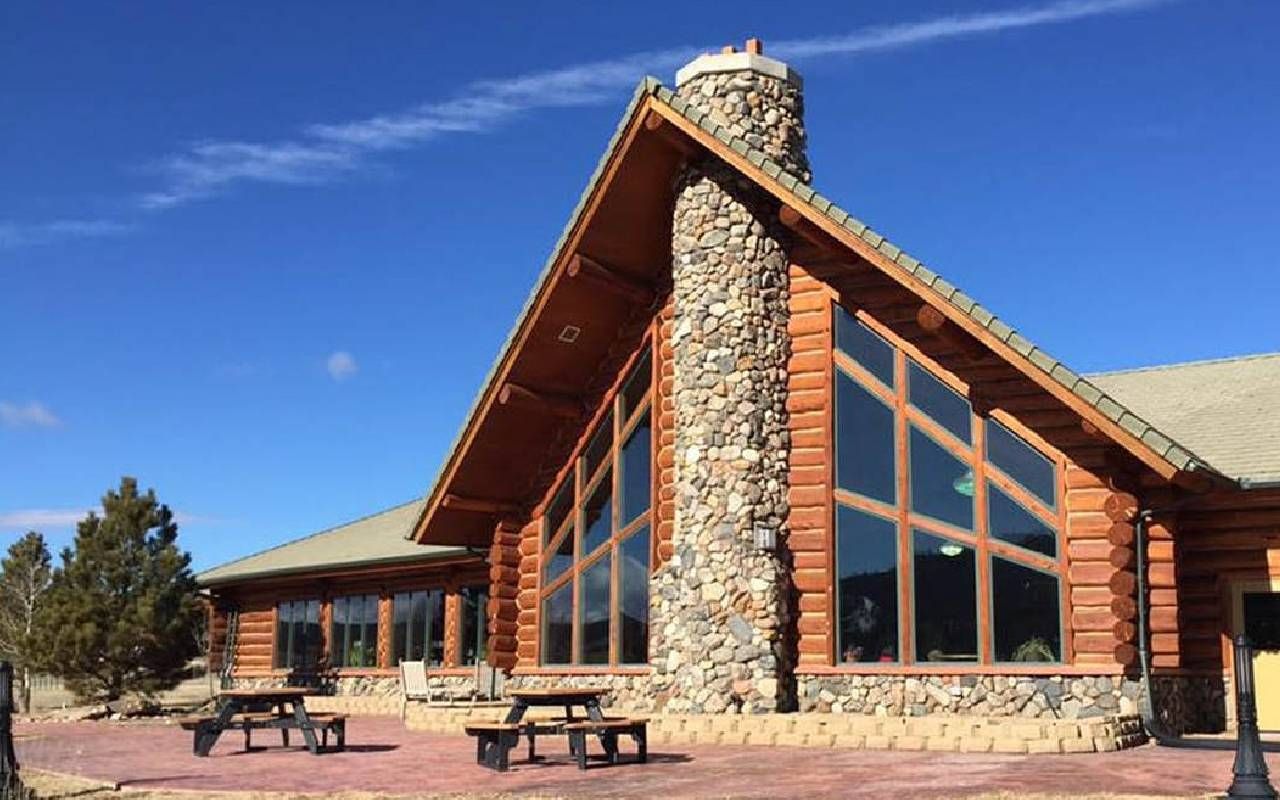For the Love of Libraries
America’s public libraries have evolved with the times and with their communities’ needs. But they rely on your support.

I love reading. I have fond childhood memories of my school libraries (remember the Scholastic book orders?) and my public library, getting my first library card and reading novels by flashlight late at night.
So I was surprised when I read a 2021 study by Pew Research that showed Americans over the age of 50 were more likely to be non-book readers than younger groups. Another survey in the same year by Statista was more encouraging.
Their research showed that approximately three-quarters of surveyed participants over the age of 50 had read at least one book in the last year, and the number of readers in nearly every age group had increased since the beginning of the pandemic. It seems that books can be good friends during periods of isolation.
Traveling Books
The library's beginnings are met with debate, but it is evident that Benjamin Franklin's subscription library in the early days of America continued to evolve to meet the needs of its residents.
During the recent pandemic, a dedicated librarian in Virginia used drones to deliver books to her readers.
In the early 1900s, librarian Mary Lemist Titcomb hitched two horses to a wagon and carted approximately 200 books to readers living in the Hagerstown, Maryland area. This book cart was followed by a motorized "bookmobile" in 1912.
The Pack Horse Library Project was funded through the Works Progress Administration (WPA) from 1935 to around 1943. A group of librarians, often called "book women," delivered books on horses or mules to rural location in the Appalachian Mountains.
And during the recent pandemic, a dedicated librarian in Virginia used drones to deliver books to her readers.
"I think we are among the most nimble of institutions," says Emily Drabinski, president of the American Library Association (ALA). "I have been traveling the country since my election into this role, and what I see astounds me."
A Sharing Place
Libraries often move beyond the lending of books to fill the needs of communities. Drabinski visited a library in Iowa that has a tray of reading glasses of varying intensities for visitors to use while in the library. Another public library in Idaho lends American Girl dolls to its patrons, and library members can borrow a bounce house and cotton candy machine for children's parties.
Public libraries also support local businesses in many communities, connecting people to entrepreneurship resources. Drabinski mentions a coffee shop owner in Rhode Island who used the local library's fax machine, researched government regulations, and downloaded the forms he needed to open his business across the street.
Although the library budget is getting smaller, their purpose gets larger.
Although the library budget is getting smaller, their purpose gets larger among the communities they serve. The homeless population often uses the local library as a safe place, or to ask for help with housing or food. A library in New Mexico collaborated with a university to provide potable water for low-income residents in the county. Other libraries host programs on accessing housing, obtaining rental assistance, support young children with storytime, etc.
Homeless people often find the library to be one of the few safe havens available to them during cold weather or to escape violence. And libraries may provide the only access to broadband internet, serving as an essential communications center in rural communities.
"You can't imagine how much work these libraries do to produce and enhance, even transform, their communities," says Drabinski. "The focus today is making sure that we have something for everyone, which reflects change in the history of the country. More and more people are pulled into the fabric of mainstream American life, and the library facilitates that."
How You Can Help
The community is just as important to the survival of the library system. The ALA launched a campaign called Unite Against Book Bans, which is regularly updated with news, reports and strategies for organizing communities or addressing the media. Support from residents is key to the survival of a library.
Support from residents is key to the survival of a library.
"The number one thing that people can do is to get a library card," says Drabinski, "and if you have one, use it. We are living in a time where libraries as public institutions are under assault in many parts of the country. Make sure that you stay abreast of state and local legislation that might impact your library. We need people who love libraries, who care about libraries, to serve on library boards."
My childhood library opened up so many worlds for me, and encouraged my love for reading. Drabinski still recalls her first library in Boise, Idaho.
"In the children's room, it had a giant pink and purple dinosaur that, in my memory, took up the entire room! As I grew, it got smaller," she laughs. "But it was a distinctive and important vision for me. I went to the library for storytime, for interaction with the librarian, but what I really loved was that dragon."
Here Are 8 Unique Libraries in the United States:
1. The Willard Public Library in Evansville, Indiana is believed by many to be haunted. The library has "ghost cams" installed in several areas of the building in the hopes of a sighting of their beloved "Grey Lady" ghost.
2. The library at the New Bedford, Massachusetts Whaling Museum holds skeletons of several species of whales, as well as a scaled down replica of a whaling ship. Although visitors aren't allowed to check them out, the library has three first editions of Herman Melville's "Moby Dick."
3. The public library in Meridian, Idaho needed to expand, but the cost of a new building was out of the question. So they built the "Tiny Library" from a converted shipping container.
4. The Seattle Public Library's steel and glass structure draws lovers of architecture as well as book lovers. Inside, a spiral of books is available on ramps for easy browsing.
5. Stone fireplaces and stunning views of the mountains are a part of this "log cabin" library ambience in Hot Springs, South Dakota.
6. The Darby Free Library has operated since 1743, when a group of Quakers and businessmen in the area formed one of the oldest libraries in the United States in Darby, a village in the province of Pennsylvania. Several of the original books purchased in 1743 are still on display.
7. Touted as the smallest library in Vermont, the Charles D. Brainard Library in Danville, Vermont is only open in the summer and early fall. The 11' x17' foot building has no running water or heat, so the Vermont winters make it hard to turn the pages of a borrowed book.
9. The Haskell Free Library and Opera House is also found in Vermont — and in Canada. The library's entrance on Caswell Avenue is in Derby Line, Vermont, but the entrance on Church Street is in Stanstead, Quebec. A simple black line inside the building reminds you of your location. But remember to exit the same door you entered, or you will be chatting with border patrol.
10. When the Central Branch of Kansas City's public library needed a parking garage, they stayed on brand. The south wall of the parking garage is covered by the Community Bookshelf, consisting of twenty-two 25-foot-tall "book spines" that include such favorites as "Goodnight Moon" and "The Lord of the Rings."


